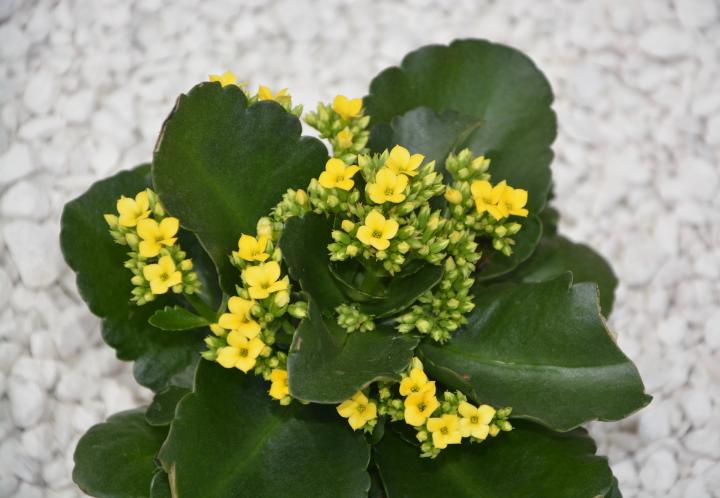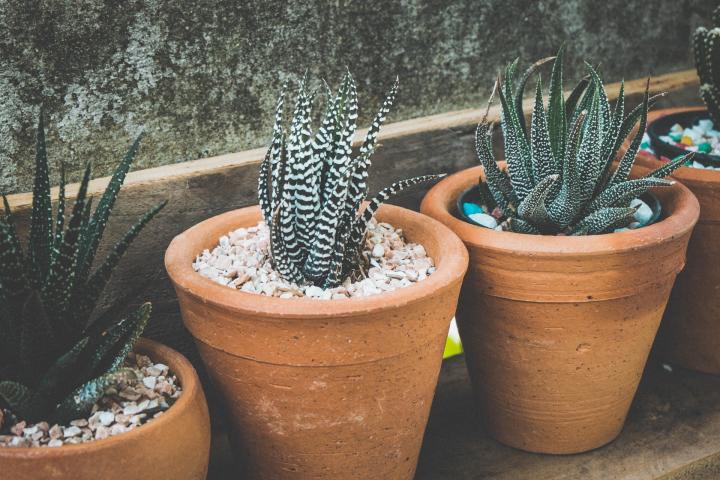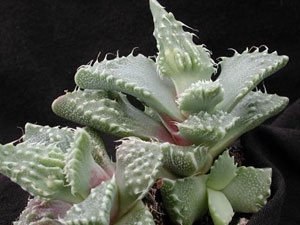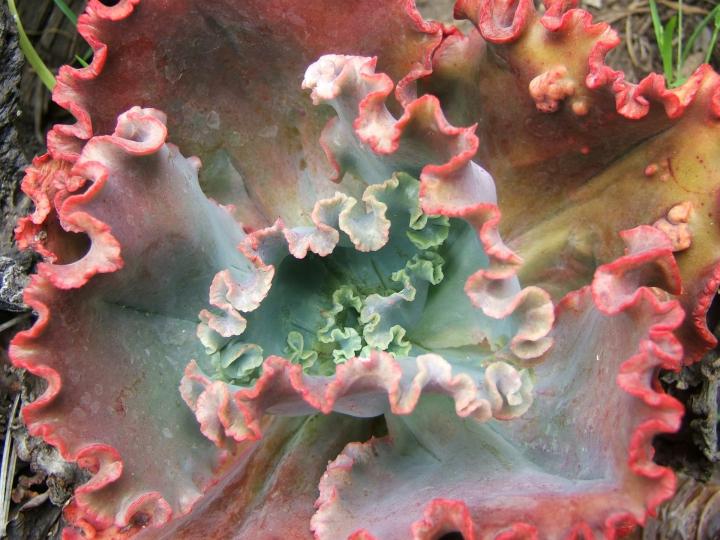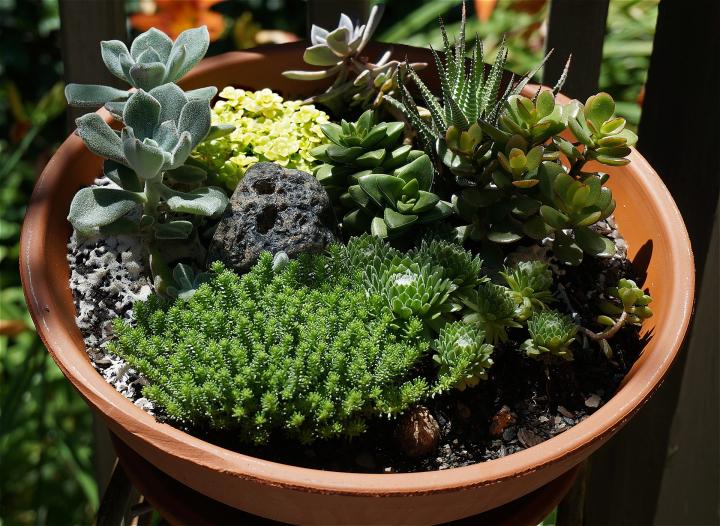
Our Favorite Succulents to Grow
ADVERTISEMENT
I received a kalancho from my grandson as a Mother’s Day gift, which I sure enjoyed. I live in MN, and I put outside but it never bloomed again. Are you suppose to keep indoors only by a sunny window all year?
I have theses trees in front yard almost dead but don't know if I should save them. Their leaves are like lace and green when well and it produces berries I guess. I live in Las Vegas, Nevada
what is that green one with spots called???????
That is a Haworthia fasciata—aka zebra plant. They are similar in appearance and care to aloe plants!
What is the green plant with yellow flowers pictured at the top of this post?
That is a kalanchoe, which is a fairly common succulent. You should be able to find one for sale at a local garden center, florist’s, or even a grocery store!
Lol! On my prior comment it showed bugs and it's supposed to say flower buds
Since earlier this year every plant I have bought that is supposed to flower all the bugs die and no more flowers when I get them home and Transplant them. I read the information but I'm still doing something wrong can you by any chance offer me some resources to learn better
I am very interested in learning how to grow these different varieties of succulents. Do you recommend a class instruction? I also would like to know how I can place a order from your greenhouse business?
Sincerely,
Joanne
We are not aware of any classes on succulent care—and, to be honest, we’re not sure it would be worth your time or money to take one! Succulent care is very simple, and you should be able to find all the information you need at a local library, bookstore, or even online.
We also do not have our own nursery, unfortunately. Check in your area for a succulent nursery near you!

